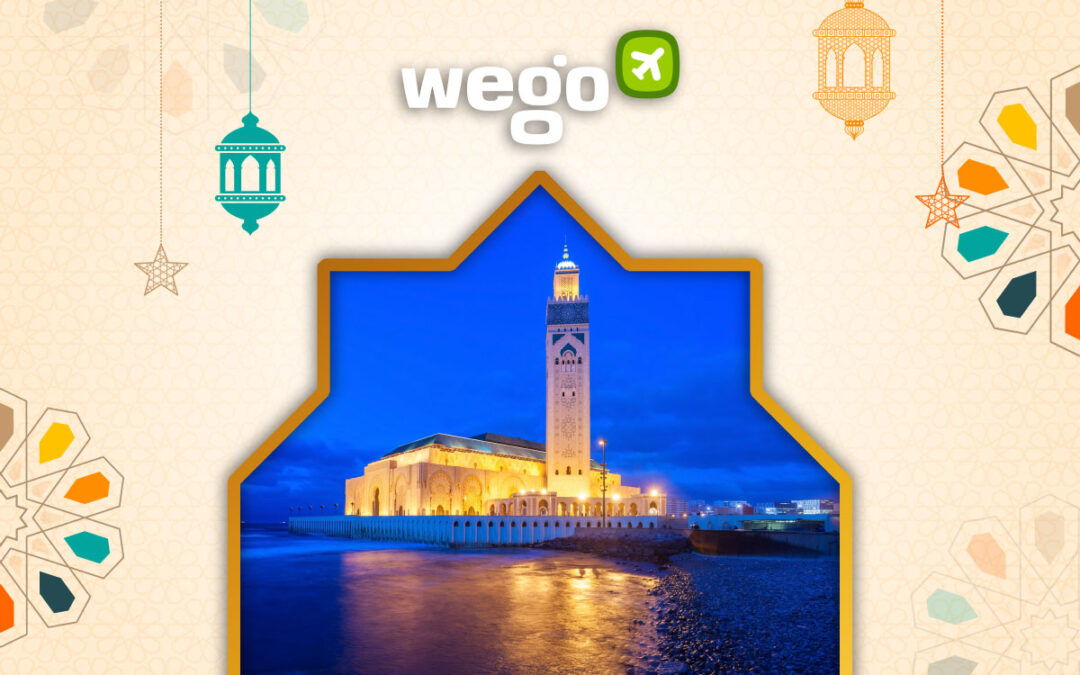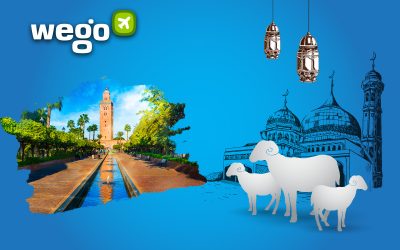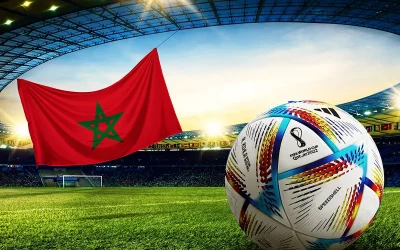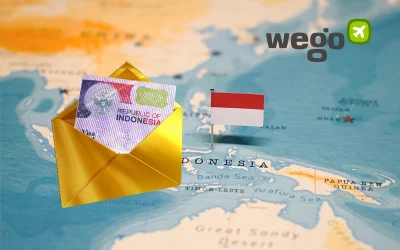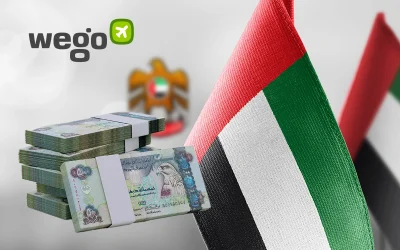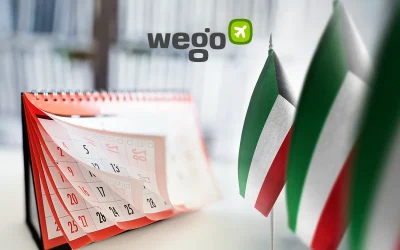Ramadan, the ninth month of the Hijri calendar (a lunar calendar), is considered the holiest month in the Islamic faith. Through stringent fasting, discipline, introspection, and prayer, Muslims elevate their level of spiritual and physical submission to Allah, express their gratitude, and seek his forgiveness.
It is believed that during this month, Allah revealed the holy Quran to Prophet Muhammad through the angel Gabriel. As a way of honoring this auspicious period, Muslims abstain from eating, drinking, smoking, any form of violence, anger, and also husband-wife intimacy from the breaking of dawn until the setting of the sun. Reading the Quran and making a charitable donation (Zakat-al-Fitr) are also encouraged.
So, as we prepare to welcome the holiest of months, here are the dates, calendar, and a guide to spending Ramadan 2025 in Morocco.
Table of Contents
Ramadan dates and calendar 2025
The beginning of Ramadan is subject to the sighting of the moon, and hence, there is some degree of uncertainty involved. However, it can be estimated by Muslim scholars and authorities by observing the appearance and cycle of the moon.
Ramadan 2025 is currently predicted to begin on 1 March 2025. With Ramadan expected to span 30 days, Eid ul Fitr is anticipated to fall on Sunday, 30 March or Monday, 31 March 2025. Confirmation of these dates will naturally come as Ramadan 2025 approaches.
Ramadan 2025 moon sighting in Morocco
The moon sighting for Ramadan 2025 has not been announced yet. However, it’s important to note that the moon sighting date for Ramadan 2025 can vary in each country because the month of Shaban does not begin on the same day in every country.
Ramadan in Morocco
A typical day of Ramadan in Morocco begins with the nafar, that is the town crier blowing the horn to wake up families for the pre-dawn meal. After the iftar, the sounding of a cannon marks the start of the day-long fasts, and after sunset, zowaka, an air raid siren alerts Muslims that they may now eat and drink.
Moroccans head out to nearby mosques for the tarawih and tahajjud prayers. During this holy month, extra congregational prayers are also held so that people can read the Quran and devote themselves to Allah.
Laylat al-Qadr, which is celebrated on the 27th night of the month, is amongst the holiest events in Islam. Families come together for this special occasion and share traditional dinners. This is also the only time when children who haven’t reached puberty fast during the month. Young girls deck up in fine clothes and gold ornaments and put on makeup and henna. Boys, too, dress festively in brand-new djellabas, fez and balgha.
Iftar
In the days leading up to Ramadan, Moroccan women prepare traditional sweets like sellou and chebakia for the entire month. The Iftar, or as it is more commonly called, ftour usually consists of tagine—a meat and vegetable stew, harira—a tomato and lentil soup, fried fish, hard-boiled eggs, khobz—a crusty Moroccan bread, pancakes, flatbreads and different sweet and savoury pastries. Dates, milk, juices, and sweets are also served as accompaniments to provide the sugar and energy required for the day.
Families and friends often come together to break their fasts. Community and social gatherings are also held as a gesture of brotherhood.
A few things to keep in mind
It is illegal for Moroccan citizens and residents to eat or drink in public during Ramadan, except in special cases like pregnancy or illnesses. Though these restrictions are not imposed on tourists and visitors, it is best to consume food discreetly in restaurants or in private.
Alcohol is not sold in Morocco starting from ten days before the holy month. Drinking in public places is unacceptable, and most hotels, as well, do not serve drinks during Ramadan.
It is also advisable to dress modestly during Ramadan. Men and women should cover their shoulders and knees at all times. Tight and revealing clothes are a strict no-no, specifically for women. Couples should also behave appropriately, as public displays of affection are frowned upon.

